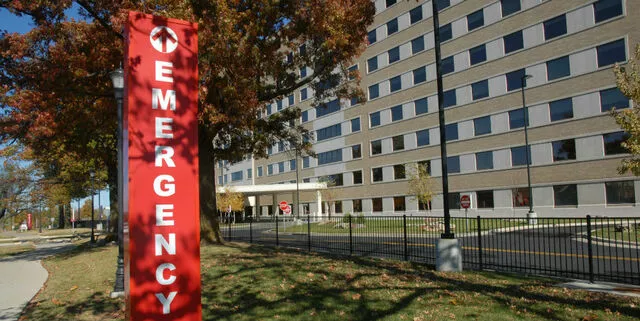
New evidence suggests that misdiagnoses occur in emergency rooms frequently, and often with deadly consequences.
Misdiagnosis is a common medical error. According to the Society to Improve Diagnosis in Medicine, 12 million U.S. patients every year suffer from a missed, delayed or incorrect diagnosis. SIMD asserts that misdiagnoses likely cause more patient harm than all other medical errors combined.
Fatal ER Diagnostic Errors
Recently released research further documents the catastrophic harm caused by diagnostic errors.
The mission of the federal Agency for Healthcare Research and Quality is to improve the safety and quality of the nation’s healthcare. In December it published a study conducted in conjunction with Johns Hopkins University researchers on misdiagnoses made in emergency rooms (“Diagnostic Errors in the Emergency Department: A Systematic Review”).
The researchers reviewed studies on emergency room misdiagnoses that were conducted between 2000 and 2021 - nearly 300 studies in all. They determined that one out of every 18 ER patients is misdiagnosed.
Based on the typical number of ER visits every year, they estimated 7.4 million U.S. emergency room patients are misdiagnosed annually. These errors can be grave, as the study projects 250,000 ER patients die from a medical misdiagnosis every year and another 100,000 suffer permanent, severe disabilities.
Commonly Misdiagnosed Conditions in the ER
The study identified several serious health conditions that, when misdiagnosed in the ER, were most responsible for serious patient harm. These included:
· Stroke
· Myocardial infarction (heart attack)
· Aortic aneurysm/dissection (tear in the body’s main artery)
· Spinal cord compression/injury
· Venous thromboembolism (blood clot in a vein)
These five conditions misdiagnosed in the emergency room accounted for 39% of the most serious patient harm outlined in the federal research.
Regardless of the patient’s underlying condition, researchers found a common reason for diagnostic mistakes made in emergency rooms. Nearly 90% of all ER misdiagnoses involved a failure in judgment or decision-making by healthcare providers.
Common Failures in Diagnostic Process
The most common failures during the diagnostic process involved:
· Test ordering
· Test interpretations
· Diagnostic assessments
Researchers concluded that serious diagnostic errors most often were made when patients had symptoms not typically associated with a certain condition, which could lead to an appropriate test not being ordered, for example.
The study also found patient demographics associated with emergency room diagnostic errors. Researchers determined that women and people of color had up to a 30% greater risk of being misdiagnosed in the ER.
The study states that not all ER diagnostic mistakes are preventable. But the sheer frequency of errors indicates that improvements and specific solutions are needed to stem the number of patient deaths due to medical mistakes that occur every year.
If you believe you or a loved one was the victim of a serious error during medical treatment, speak with a personal injury attorney about pursuing justice on your behalf.
The choice of a lawyer is an important decision that should not be based solely on advertisements.
Authored by Gray Ritter Graham. Posted in Blog January 10, 2023.

 RSS Feed
RSS Feed